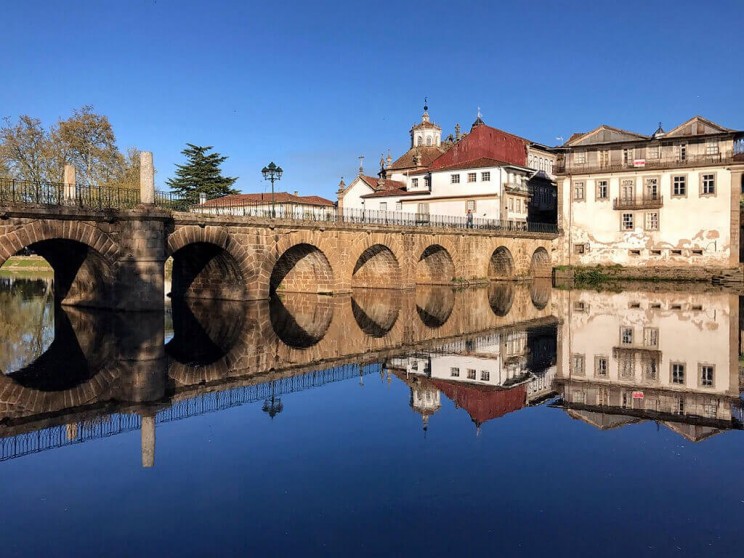
The Roman baths of Chaves opened as a museum on Tuesday, 21 December 2021, and tell a story of 2000 years that was "frozen" in time after an earthquake, only being rediscovered in the excavations for the construction of a car park.
"Here we have the largest baths on the Iberian Peninsula and one of the largest in Europe and the Roman Empire," Rui Lopes, the archaeologist co-responsible for the excavation and who accompanied the project, told Lusa news agency.
The Mayor of Chaves, Nuno Vaz, believes that the Roman medicinal baths will be the "jewel in the crown" of Chaves, and one of the main points of tourist attraction for this area.
Rui Lopes explained that this is a therapeutic bath, which differentiates it from other baths that exist in practically all Romanised sites, namely the hygienic baths, where one would go to bathe.
"These are therapeutic, almost an equivalence to a hospital. These baths would have been of great importance within the empire, because it was a space where people came to treat the ailments of war, and skin or stomach diseases", explained the archaeologist.
An abandoned car park project
It was during archaeological surveys conducted in 2005, in the Arrabalde square in the city centre, for the construction of a car park, that this "magnificent heritage preserved in time" was identified.
Rui Lopes said that the project for the car park was abandoned and archaeological excavations were carried out to reveal two large pools, seven other small pools and a complex hydraulic system to supply the structures, which still works today.
The site represents a heritage that was as if "frozen" in time, due to an earthquake that caused the collapse of the building in the 4th century CE.
"The earthquake sealed a chronological period," noted the archaeologist, who added that during the excavations, the remains of a family that had been bathing when the collapse occurred were found.
A bath town in the Roman period and bath town nowadays
The Roman medicinal bath was classified as a national monument in 2012 for being the "most important Portuguese thermal complex", of dimensions only comparable, in provincial terms, to the site in Bath (England).
After a "complex administrative" process, the museum opened on Tuesday, 21 December. Admission is free and, inside you can travel through 2000 years of the history of this place, both through the ruins, an exhibition of artefacts, as well as the explanatory panels, screens and interactive tactile tables that also reveal the remains of the 17th-century wall and images of the prospection and then the excavation that uncovered the archaeological find.
Bath city in the Roman period and bath city today. With the opening of the museum, Chaves now has a complementarity between past and present, between its ancient history and the current thermal springs.
The Roman legions arrived in the territory about two millennia ago, settled there and left Trajan's bridge, the Roman bridge still used to cross the river Tâmega in the centre of the city, took advantage of the mineral waters, established thermal baths, explored auriferous veins and other resources.
This urban nucleus acquired such importance at that time that it was elevated to the category of municipality in the year 79 CE, when Vespasian, the first Caesar of the Flavian dynasty, ruled. This is the origin of Aquae Flaviae, the ancient designation of the current city of Chaves.
Nuno Vaz said that the municipality wants to boost tourism in this area, recover the "losses accumulated in times of pandemic" during covid-19, but also to give "an even greater leap" taking advantage of the "exceptional resources" existing there.
If you would like to visit Chaves and see its Roman heritage, check out holiday rentals on Rentalia to stay in while you visit. And if you fall in love with the charming town, why not look at properties nearby on idealista?